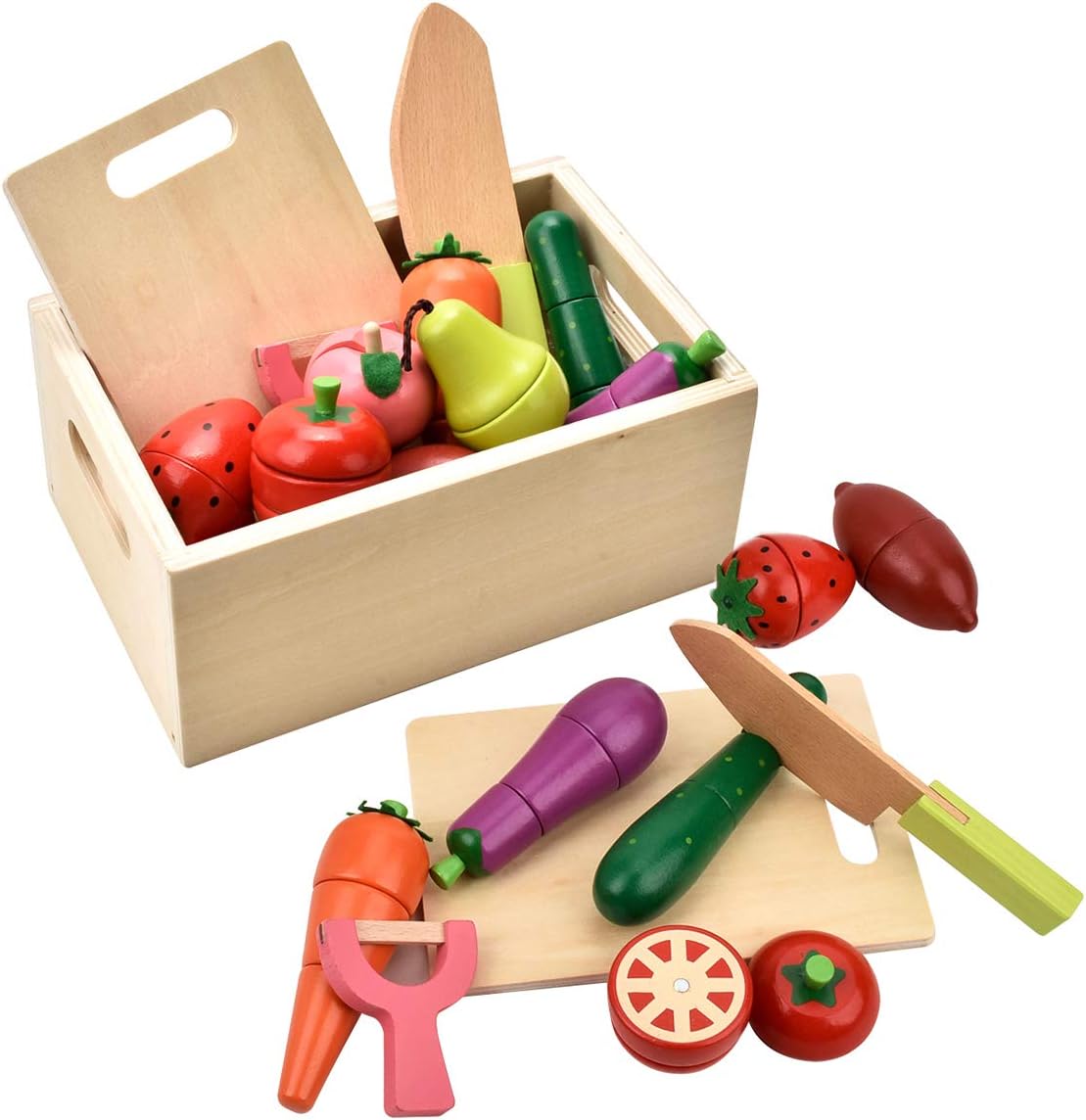Teaching Kids Budgeting: Creating a Family Budget Together
Teaching Kids Budgeting: Creating a Family Budget Together
One of the most practical ways to teach kids about money management is by involving them in the family budget. By focusing on weekly grocery expenses and allowance tracking, children can learn to recognize spending patterns and make smarter financial decisions. In this blog post, we’ll discuss how to create a family budget with your child and analyze spending together.
Why Teach Budgeting Through Family Involvement?
Including children in budgeting teaches them essential life skills, such as planning, prioritizing, and tracking expenses. It also helps them develop a sense of responsibility and financial awareness from a young age.
How to Start a Family Budget with Your Child
Here are some practical steps to get started:
1. Set Up a Simple Budget Sheet
Prepare a budget template that includes:
- Income: Include allowance, part-time jobs, or gifts.
- Expenses: Separate into categories like groceries, allowances, and entertainment.
- Balance: Calculate the remaining amount after expenses.
2. Weekly Grocery Budgeting
Involve your child in planning weekly grocery expenses:
- Make a shopping list together and assign a budget for each item.
- Compare prices at the store to stay within budget.
- Discuss choices and alternatives to save money.
3. Allowance Tracking
Teach your child to track their weekly allowance:
- Record the amount received and spent.
- Subtract expenses to maintain an accurate balance.
- Reflect on whether spending aligns with their saving goals.
Analyzing Spending Patterns
After a few weeks, sit down together to review the budget:
- Identify Patterns: Spot areas where spending tends to increase, like snacks or toys.
- Discuss Improvements: Talk about ways to save or reduce unnecessary expenses.
- Celebrate Successes: Acknowledge smart spending and saving habits.
Tips to Keep Budgeting Fun
- Visual Aids: Use colorful charts or graphs to track progress.
- Positive Reinforcement: Reward consistent tracking and good budgeting habits.
- Family Meetings: Set a regular time to discuss the budget together.
Final Thoughts
Budgeting as a family not only builds financial literacy but also strengthens family bonds. By making budgeting a shared responsibility, children learn valuable skills while feeling included in important decisions. Start your budgeting journey with your child today and build a future of financial responsibility!
Amazon best seller






Comments